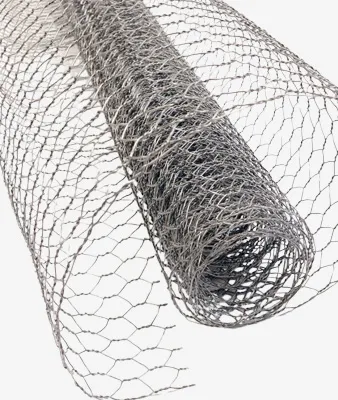Essential Guide to Choosing the Right Nails for Various Woodworking Projects and Techniques
Nails for Woodwork An Essential Guide
When it comes to woodworking, the choice of fasteners plays a crucial role in ensuring the strength, durability, and overall aesthetic of your projects. Among the various fasteners available, nails are one of the most commonly used due to their versatility, ease of use, and cost-effectiveness. This article will explore the different types of nails suited for woodwork, their applications, and some tips on selecting the right nails for your projects.
Types of Nails
1. Common Nails Common nails are perhaps the most familiar type of nail. They are large, heavy-duty nails commonly used in framing and structural applications. Their wide heads and thick shanks provide excellent holding power, making them ideal for joining pieces of lumber. Common nails are typically made of steel and are available in various lengths depending on the thickness of the materials being joined.
2. Finishing Nails Finishing nails are smaller and thinner than common nails, designed for applications where aesthetics are important. Their small heads can be easily driven below the surface of the wood and filled in with wood putty for a smooth finish. Finishing nails are perfect for trim work, cabinetry, and any project where visible fasteners would detract from the overall appearance.
3. Brad Nails Brad nails are even smaller than finishing nails and are usually used for light-duty applications such as attaching thin trim, moldings, and small projects. They are often used with a brad nailer, which makes the installation process quick and efficient. The fine gauge of brad nails allows for minimal wood splitting and easy concealment.
4. Ring Shank Nails Ring shank nails feature ridged shanks that provide extra holding power. These are particularly useful in applications where the wood may experience movement or stress. Ring shank nails are commonly used in roofing and siding projects due to their enhanced grip.
5. Galvanized Nails When working on exterior projects or in areas with high moisture, it's essential to use galvanized nails. These nails are coated with zinc to prevent rust and corrosion, ensuring longevity and integrity in outdoor conditions. They are available in various styles, including common and finishing nails, making them versatile for various applications.
nails for woodwork

Factors to Consider When Choosing Nails
When selecting nails for your woodworking projects, consider the following factors
- Material Depending on the project and environment, choose nails made of different materials. Steel nails are standard, while galvanized nails offer corrosion resistance for outdoor use.
- Length The length of the nail is crucial for ensuring proper holding power. As a general rule of thumb, the nail should penetrate a minimum of half the thickness of the material being joined.
- Gauging The gauge of the nail affects its strength and appearance. Thicker nails (lower gauge numbers) provide more holding power but may be more difficult to drive, while thinner nails can be easier to work with but might not offer the same strength.
- Head Type Consider the head type based on the look you want to achieve. Larger heads offer better holding power, while smaller heads can be more aesthetically pleasing in finished products.
Conclusion
Choosing the right nails for woodwork is essential for the success of your projects. With various types available, each suited for different applications, understanding their characteristics will help you make informed decisions. Always prioritize the material, length, gauge, and head type according to your specific woodworking needs. By doing so, you can ensure that your woodwork not only stands the test of time but also looks great in any setting. Happy woodworking!
-
Space-Saving Chain Fence Hacks Vertical Gardening with Cyclone MeshNewsJul.16,2025
-
Innovations in Iron Nail Wire Production for Modern ConstructionNewsJul.16,2025
-
Creative Uses of Wire Netting Fence in Modern Landscape DesignNewsJul.16,2025
-
Barbed Wire Fence Innovations in Anti-Climb TechnologyNewsJul.16,2025
-
Architectural Uses of Umbrella Nails for Aesthetic Roof DesignsNewsJul.16,2025
-
Architectural Uses of Razor Barbed Wire in Secure Urban DesignNewsJul.16,2025




